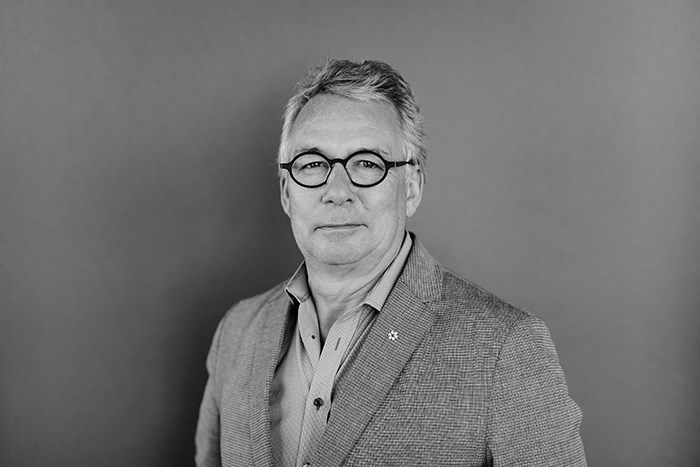Plans for the Ioco Townsite are now under a new lead architect after property owners Brilliant Circle Group (BCG) handed the reins over to Peter Busby of Perkins + Will.
With the change comes a firm with significant resources at its disposal, something BCG wanted to help move the project forward.
“They’re optimistic to get it off the ground quickly, and to make a truly unique project, a high-quality project,” Busby told The Tri-City News.
Busby’s team is poring over research already done by James Cheng, the architect who was initially creating the Ioco vision, and will use it as a starting point for their own plans. (Cheng said his own firm became too busy with other projects, and he recommended Busby's group as one with "a lot more horsepower.")
Given Busby’s storied architectural career, there’s a good chance the Ioco plans will have a serious green streak.
Busby brought the Leadership in Energy and Environmental Design (LEED) system to Canada and founded the Canada Green Building Council, not to mention creating the Sustainable Design Initiative.
And he is committed to continuing that theme at the Ioco Townsite.
“It’s a very special piece of land… particularly the context of the land, with its heritage components, the continuity of the land, the significant vegetation on it,” Busby said. “BCG is very interested in a progressive approach and making this a sustainable project, so that attracted me to do the project.”
It’s too early to say what kind of development could end up on the 232-acre property, Busby said, but he’s taking his cues from the property’s natural elements and its history.
“It’s got some very natural opportunities,” he explained. “There’s obviously the waterfront piece, so let’s do something very special with that and make it fully accessible to the public,” and honour the site’s past as a working company town for Imperial Oil.
Preserving the green corridors and stream paths is essential. And while the property was logged more than 100 years ago, the “new” growth of century-old fir trees is another key feature, along with trail networks.
Busby is taking a holistic view of the site, with options for sustainability features including rain- and stormwater capture projects, and a district energy system. The goal is to have the project at “the top end of sustainability.”
As for density and building forms, Busby said it’s too early for that, too.
“There will be a range of density, a range of housing types and a range of building forms,” he said. “We haven’t proposed any massing or numbers in our work.”
Busby’s team is developing a public engagement plan that will be set in motion later this year, use that feedback to inform the project design, then approach councils in Port Moody and Anmore — but the latter step is likely a year or more away.
In the process, Busby aims to win over residents in both communities.
“By the very nature of the work I do… there are always people who object to proposals at first, but there are also people who appreciate them. My job is to make it smart enough and good enough to win over the hearts of most people in the community, and that’s my intention with this project.”
Imperial Oil sold a portion of its property (150 acres are in Anmore and 83 acres are in Port Moody) to BCG in early 2015 after it was on the market for about two years.
Some PoMo residents have expressed concerns that development of the lands may include a road through Bert Flinn Park.
spayne@tricitynews.com
@spayneTC



